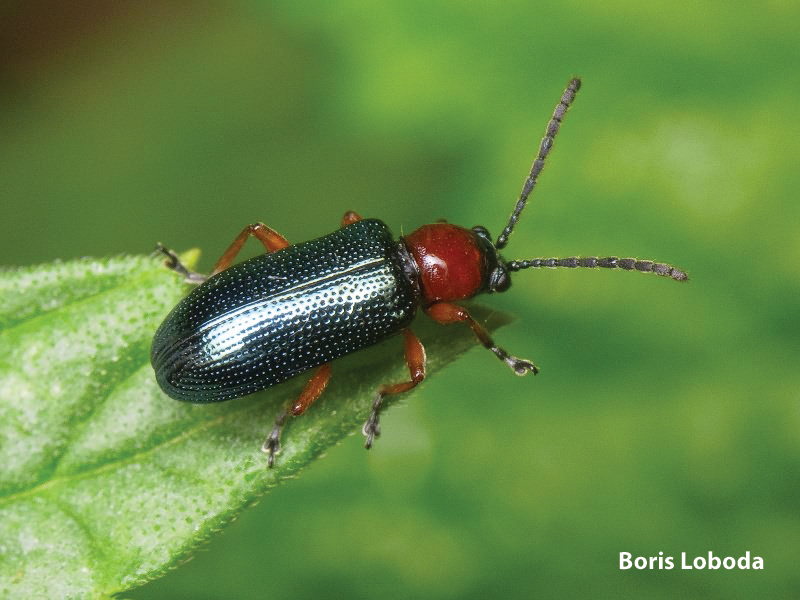The case of the innocuous versus the evil twin: When making pest management decisions, be sure that the suspect is actually a pest. This can be challenge since insects often mimic each other or look very similar. An insect that looks, moves and acts like a pest may in fact be a look-alike or doppelganger.
Doppelgangers may be related (e.g. same genus) or may not be related, as in the case of monarch butterflies (Danaus plexippus) and viceroys (Limenitis achrippus). Doppelgangers are usually relatively harmless but sometimes the doppelganger is a pest yet their behaviour, lifecycle or hosts may be different.
Correctly identifying a pest enables selection of the most accurate scouting or monitoring protocol. Identification and monitoring enables the application of economic thresholds. It also enables a producer to select and apply the most effective control option(s) including method and timing of application. For the rest of the growing season, the Insect of the Week will feature insect crop pests and their doppelgangers.
The case of the cereal leaf beetle versus Collops beetles:

Cereal leaf beetles (Oulema melanopus), both adults and larva, feed on leaves (oat, barley, wheat, corn, etc), but it is the larval damage that can reduce yield and quality, especially if the flag leaf is stripped. Adults are 6-8 millimeters (.25-.31 inches) long with reddish legs and thorax (middle section between head and abdomen) and metallic bluish-black head and elytra (wing coverings).

They may be confused with beneficial beetles belonging to the Collops genus (adults feed on aphids, stink bug eggs, moth eggs, small caterpillars, spider mites, whiteflies). Roughly the same size, they may have a red or orange thorax with/without red markings on their elytra, depending on the species. One consistent feature that will help distinguish between the two species is that the cereal leaf beetle elytra are smooth and shiny whereas the Collops’ elytra are covered in hairs.
Specific information on the cereal leaf beetle can be found in the updated Field Crop and Forage Pests and their Natural enemies in Western Canada field guide.
Review previously featured insects by visiting the Insect of the Week page.
